
Are all vintage cars worth keeping? The allure of chrome bumpers and clockwork gauges usually conceals a more unforgiving reality a few vintage machines are seen more as liability than legacy. Under the nostalgia, there are models with reputations founded not on lasting performance, but on engineering mistakes, faulty safety, or recurring unreliability.
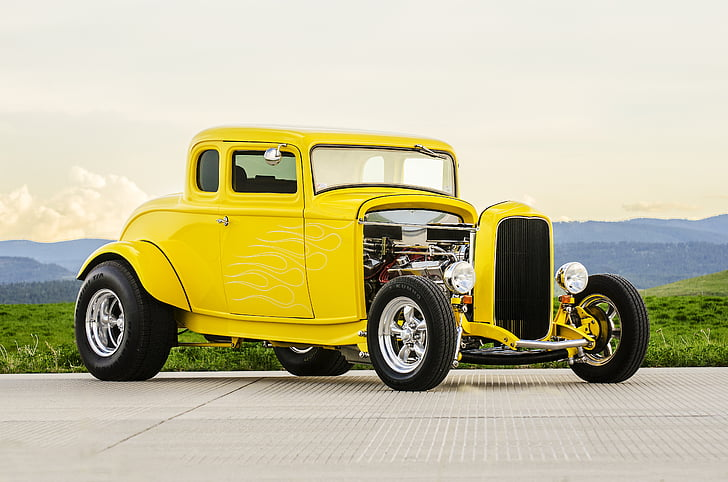
For collectors and enthusiasts, the stakes are high. The worldwide classic car market is growing, with values rising and interest in coveted models heating up. But as Hagerty’s market data and decades of owner stories illustrate, a few cars repeatedly disappoint costing more in repairs, aggravation, and lost value than they ever reward in joy. Here’s a closer examination of seven of those models that experienced enthusiasts often suggest leaving in the past.
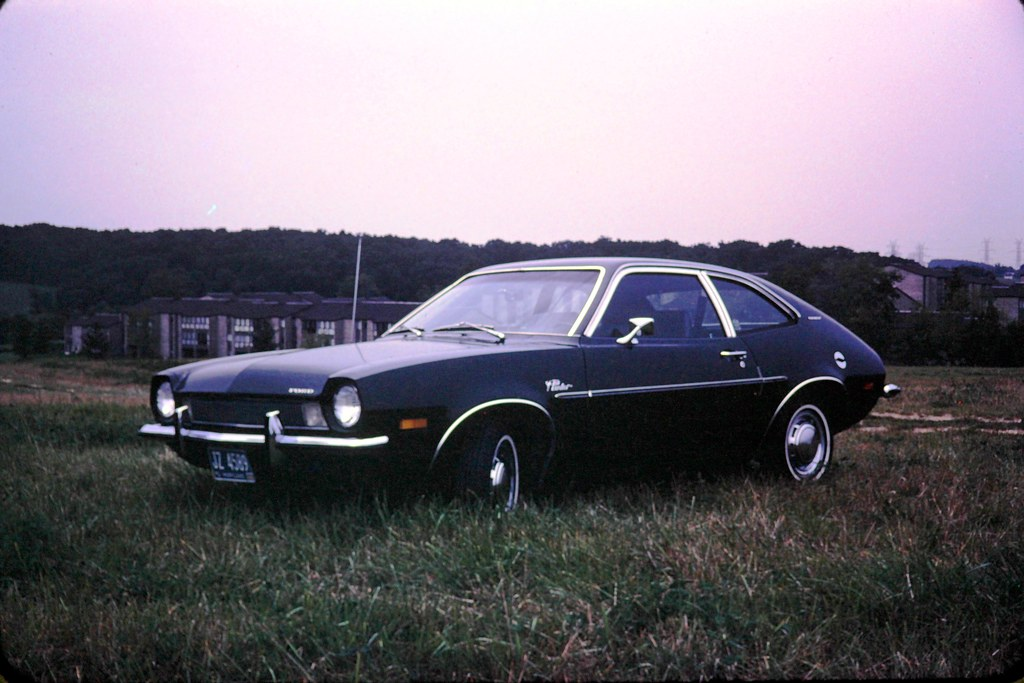
1. 1971 Ford Pinto – A Safety Scandal on Wheels
Few vehicles have become as iconic for design oversight as the 1971 Ford Pinto. Hasted to market to challenge little imports, it had a deadly flaw a fuel tank in the rear that was susceptible to breaking up in minor crashes. Time magazine wrote, “The car tended to erupt in flame in rear-end collisions,” a malfunction that resulted in recalls and made it notorious.
Aside from the risk of fire, the Pinto’s low-budget build and rust-susceptible body panels are a bad bet for restoration. Today’s safety regulations demand fuel tanks to be protected and located away from areas of impact, but retrofits cannot remove the Pinto’s past. To collectors, its fame might generate discussion, but the pairing of safety taint with subpar driving dynamics places it firmly in the cautionary tale realm.
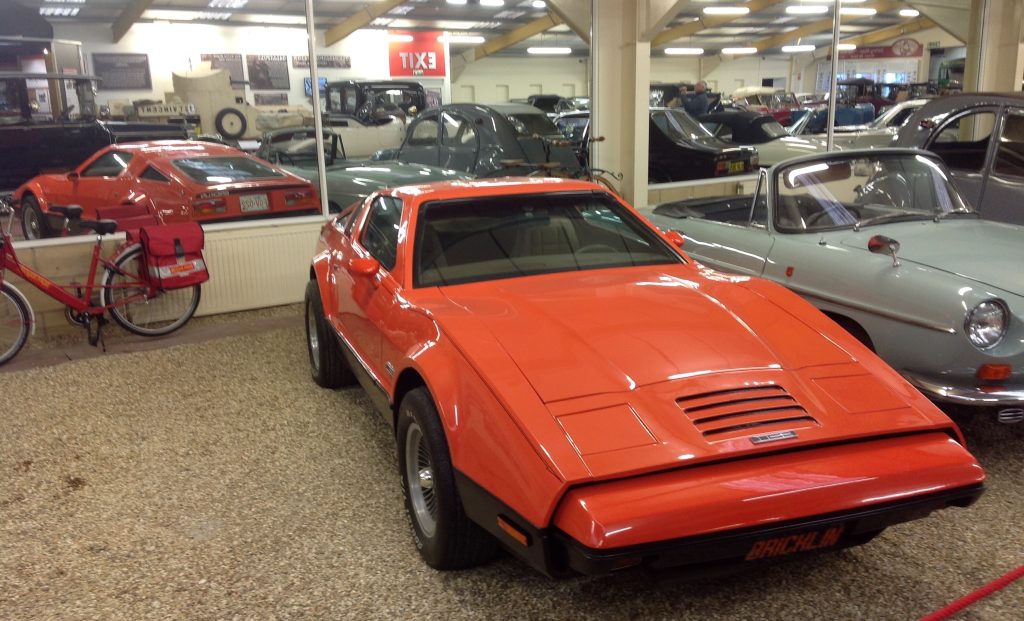
2. 1974 Bricklin SV-1 – Safety Pitch, Reliability Miss
The Bricklin SV-1 threatened to innovate with composite bodywork and gullwing doors, being sold as a “safety vehicle.” In reality, its implementation negated its potential. Hagerty adds that every door was 90 pounds and, if the battery died, passengers had to use the rear hatch to get out. Production problems cursed its brief two-year production life, and mechanical parts borrowed from AMC and Ford gave neither performance nor polish.
Panel fitment issues and door mechanism malfunctions are still frequent complaints among the handful of surviving cars. Although its scarcity makes some collectors want it, the SV-1 tends to stay longer in repair shops than on the road.
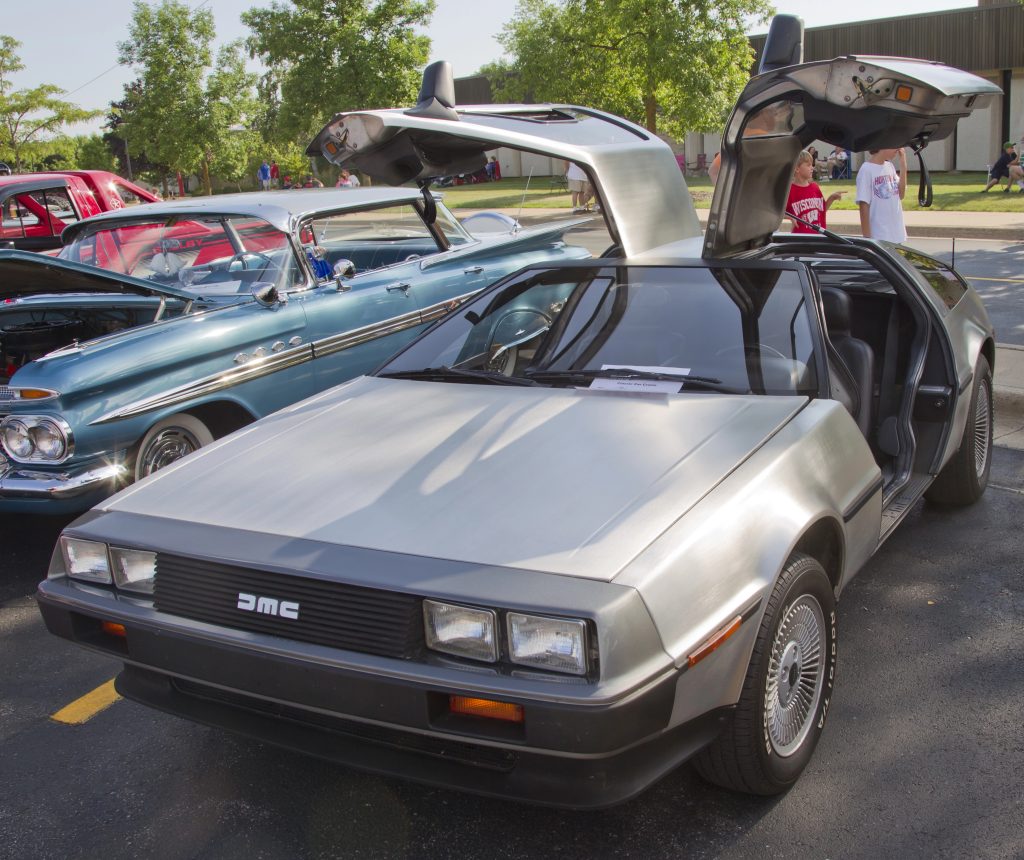
3. 1981 DeLorean DMC-12 – Stunning Appearance, Disappointing Drive
Hyped by Back to the Future, the stainless steel DeLorean DMC-12 is a pop culture relic. But its 2.8-liter V6 only generated 130 horsepower, and zero-to-60 mph didn’t occur until almost 10 seconds were up. The build quality paid the price from the hurried Northern Ireland assembly, as owners complained of everything from defective power door locks to bodies with misaligned panels.
Safety issues also haunt its design. As revealed in gullwing door entrapment hazards, the lack of emergency releases made a rollover potentially trap passengers. These days, the DeLorean is most appropriate for exhibition, not reliable driving.
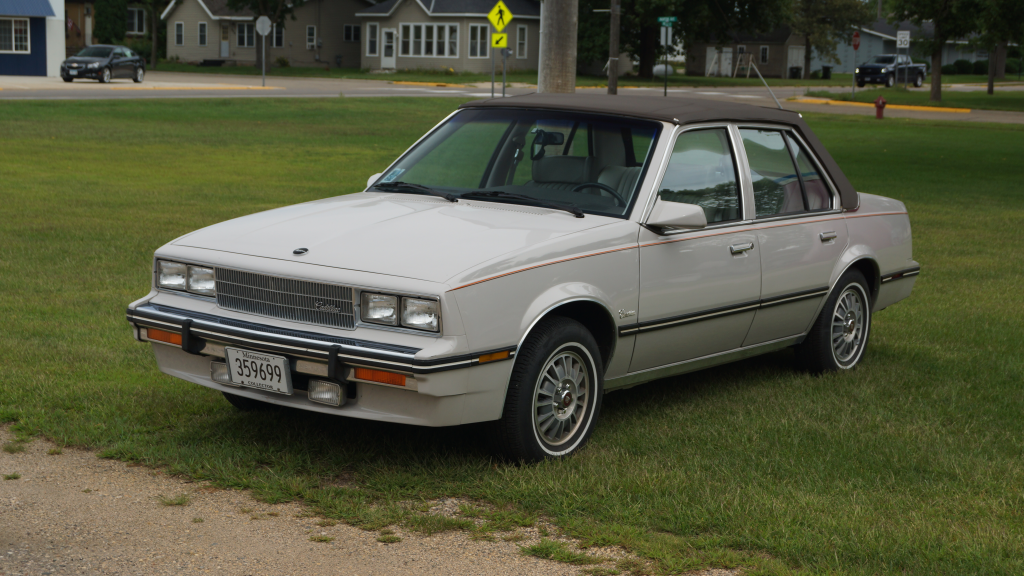
4. 1982 Cadillac Cimarron – Badge Engineering at Its Worst
Cimarron is still the classic textbook case of brand blunder. Largely a rebadged Chevrolet Cavalier with a few trim-line enhancements, it did not deliver the performance, refinement, and luxury that comes with Cadillac. MotorTrend branded it “one of the worst cars ever,” and sales numbers proved the market’s disdain.
With a 1.8-liter four-cylinder engine that delivered just 88 horsepower, the Cimarron driving experience was a long way from its price positioning. Its heritage is one of watered-down brand essence, and to collectors, it has neither historic value nor driving enjoyment just a warning about superficial engineering.
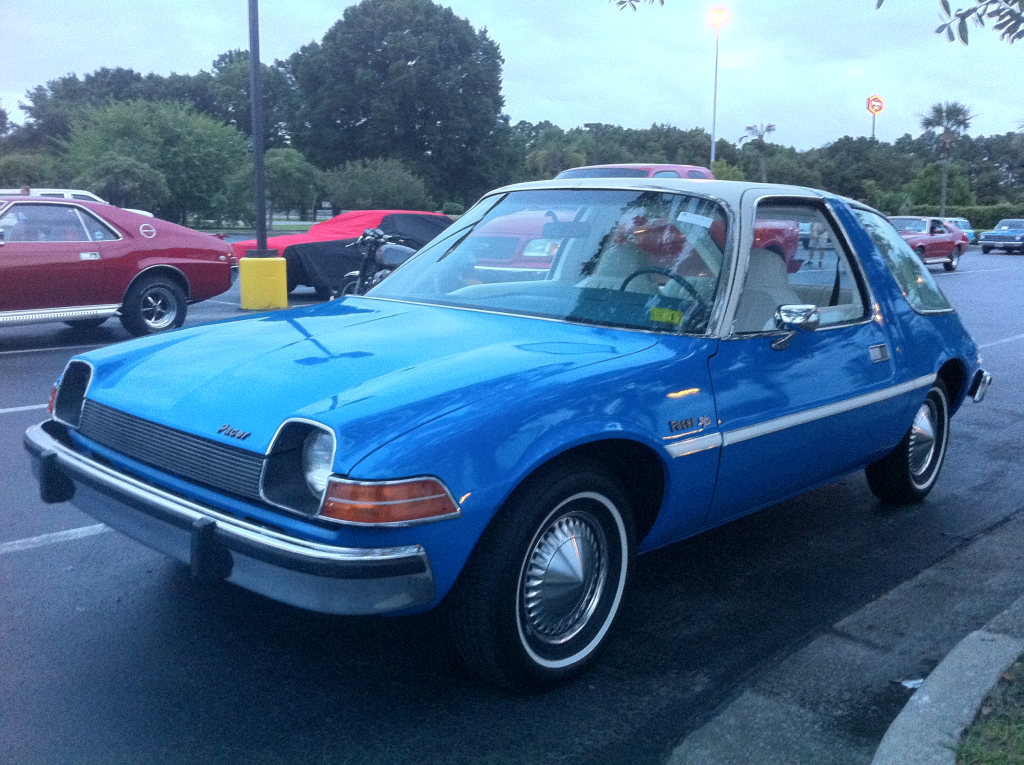
5. 1976 AMC Pacer – Unconventional Design, Dubious Practicality
The AMC Pacer’s broad stance and huge glass gave it nicknames such as “the fishbowl,” but its unusual styling covered up greater faults. Electrical problems, lousy parts supply, and a curb weight that drained power all sealed its fate. Hagerty described how, in hot weather, the greenhouse effect made it “the boiling lobster pot.”
Rust susceptibility and steering problems also render it less practical as a collectible. Though its oddity is certain to appeal to a select few, the majority of restorers can find more trouble than it’s worth in the Pacer.
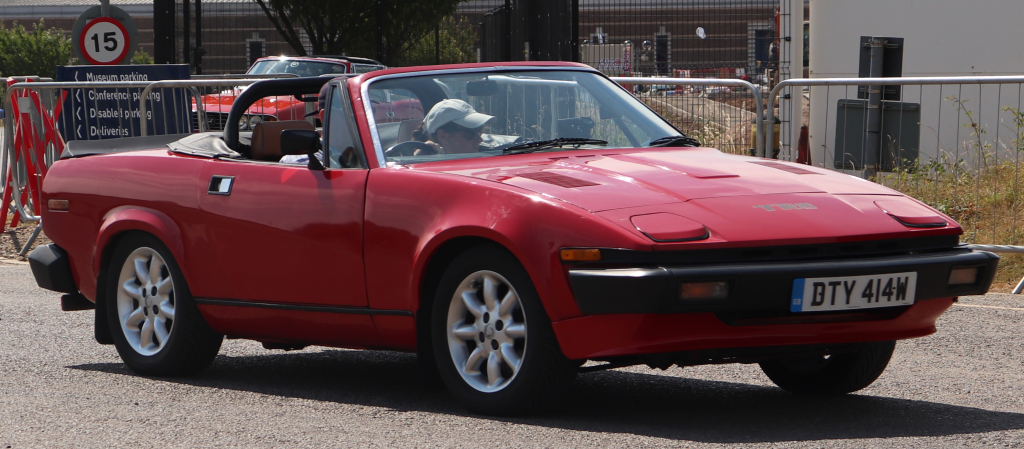
6. 1980 Triumph TR7 – The Shape of Unreliability
Released with the tagline “The Shape of Things to Come,” the Triumph TR7 became instead an emblem of British Leyland’s failure. Regular production strikes in its Liverpool factory contaminated build quality, resulting in persistent mechanical and electrical faults. Owners often struggle to find replacement parts, adding to maintenance woes.
Even British roadster enthusiasts usually pass over the TR7 in favor of its predecessors or MGs. Its wedge shape, not in keeping with traditional proportions, has not aged well, positioning it between generations without the styling or handling to make restoration expenses worthwhile.
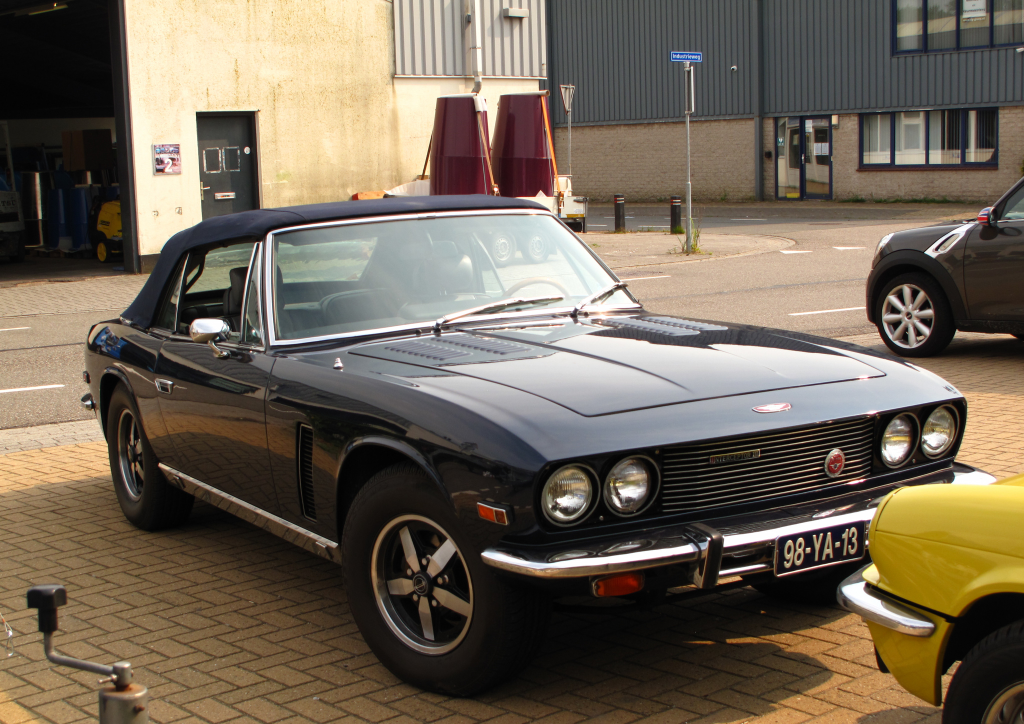
7. 1975 Jensen Interceptor – Luxury with a Rust Issue
The Jensen Interceptor paired Italian design with a large-block Chrysler V8, producing effortless power. Unfortunately, it also produced punishing fuel use and a infamous lust for rust. Maintenance costs and bodywork pervasiveness have kept it out of wider collector favor.
Whilst a dedicated niche appreciates its grand touring credentials, to get an Interceptor back to reliable condition requires deep pockets and specialist expertise. For the average purchaser, the balance of maintenance versus enjoyment is the wrong way.

With every increasing market for classic car collecting, there comes an equal necessity for discernment along with passion. All these models are burdened by a heritage some of failed innovation, some of beauty marred by engineering defects. The lesson for the enthusiast is evident history must teach rather than obfuscate. A good purchase is one that combines emotional appeal with mechanical integrity, allowing the pleasure of ownership to exceed the expense of maintenance of the dream.


